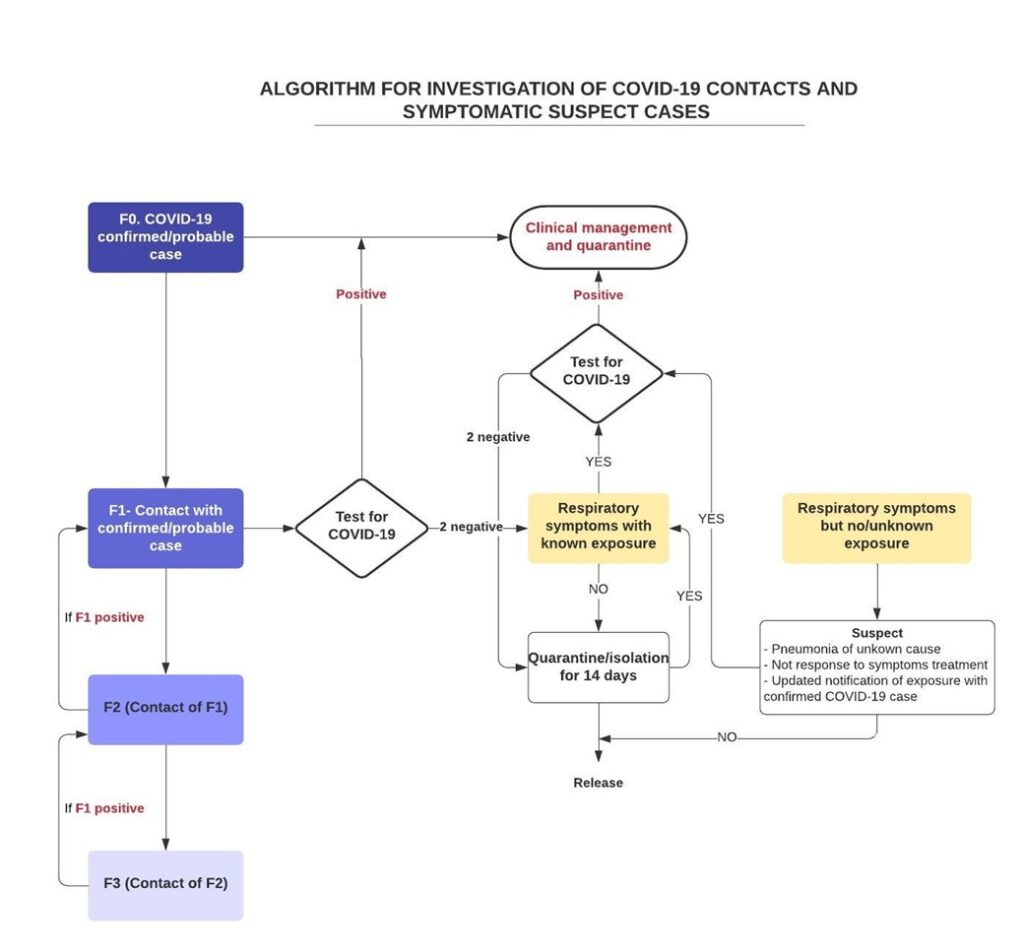Generating scientific evidence on effective public health measures to control COVID-19 outbreaks
The virus SARS-CoV-2 is transmitted from person to person, mainly via respiratory droplets or touching of the nose, mouth and eyes after contact with contaminated surfaces. While symptomatic patients are believed to be most contagious, transmission from asymptomatic people may still occur. Contact investigation is an important strategy to detect and isolate infection sources and reduce continuing transmission.
Since March 2020, the Woolcock Institute of Medical Research has worked closely with local health organizations to analyse data from the very first cluster of COVID-19 patients returning from Wuhan. This cluster illustrates the importance of isolating patients, contact investigation and suspected cases for at least 14 days after exposure and of community-wide screening to enhance diagnosis of COVID-19.
Link: https://www.ncbi.nlm.nih.gov/pmc/articles/PMC7158986/
Experience from the contact investigation for Tuberculosis program as well as analysing COVID-19 data on the ground indicate some gaps, which could be addressed to maximise the effectiveness of the contact investigation. We propose a strategy for SARSCoV-2 screening and contact tracing in settings with low levels of community transmission.

Although this strategy is recommended for locations with limited community transmission, it is difficult to identify when widespread community transmission is underway until it is too late. We suggest universal implementation of social distancing to maximise the efforts in slowing the spread of SARS-CoV-2. Sentinel testing of patients with respiratory symptoms in the general population and contacts of people confirmed to have COVID-19, or suspect cases, should be conducted. In this way, the onset of sustained community-transmission can be rapidly identified and resources can be re-deployed.

